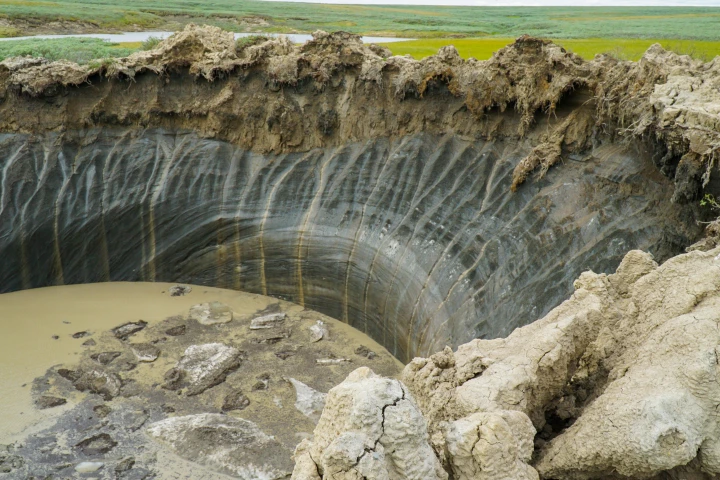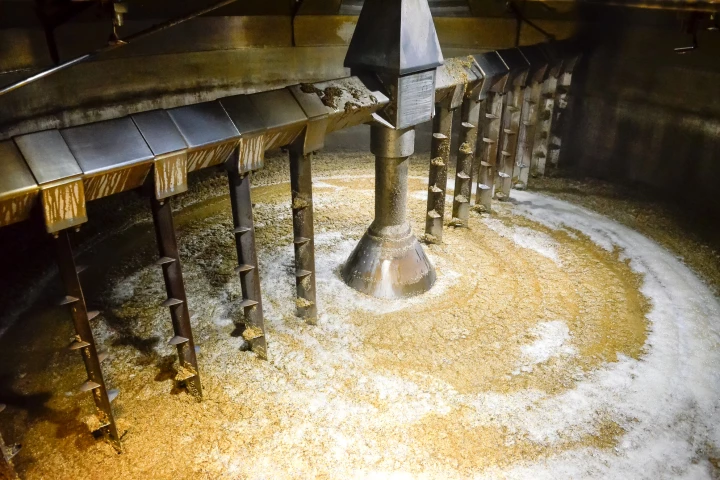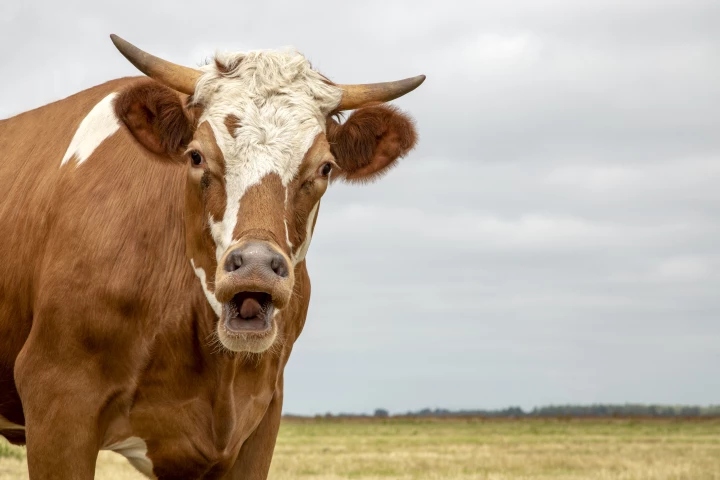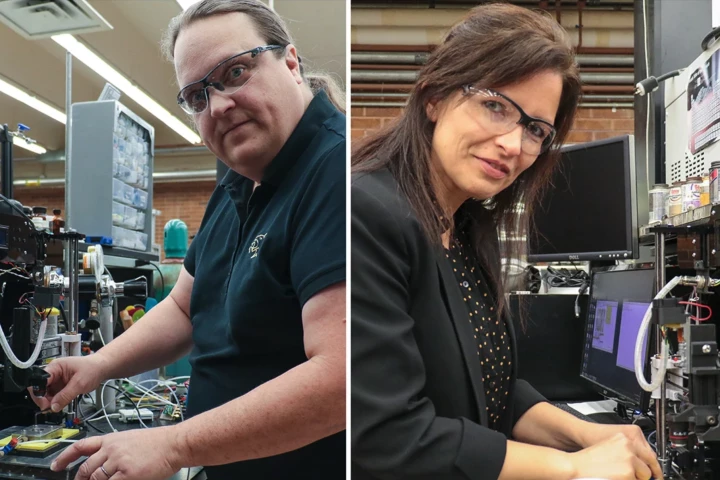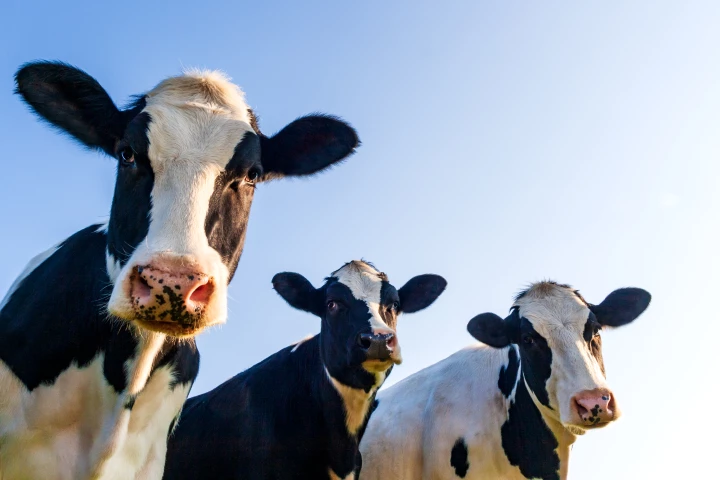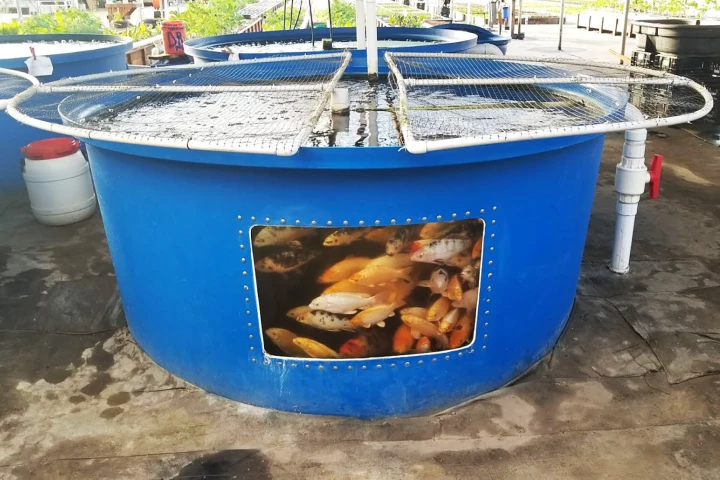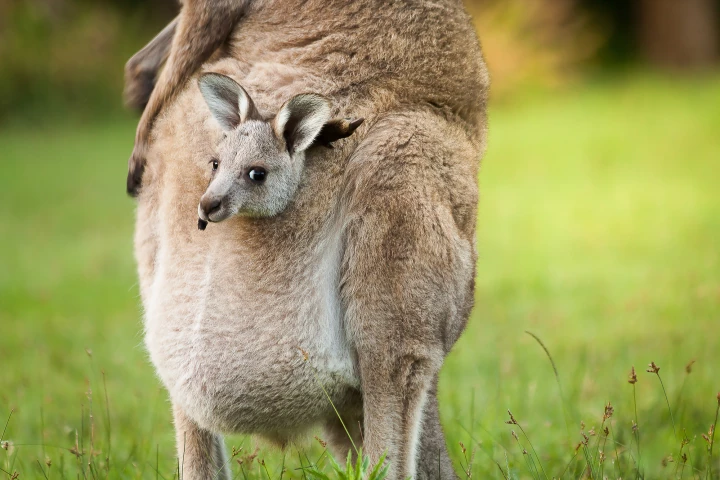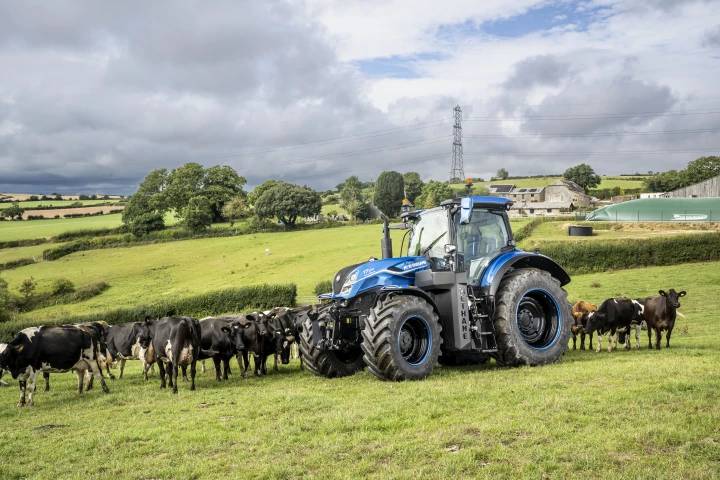Methane
-
On the remote Yamal and Gydan peninsulas of western Siberia, the landscape is marked by massive craters that look as though the Earth has blown holes in itself. Now, 12 years after the first one was found, scientists say they know what's causing them.
-
Seaweed washing onto sandy shores does more than rot. A new study found that it fuels oxygen-tolerant microorganisms that pump methane into the air, overturning a long-held scientific assumption about coastal ecosystems and their climate role.
-
Methane is awful for the atmosphere. It's a major byproduct of many industrial processes, and we now know it also comes from a surprising and seemingly innocuous source – ships passing through shallow waters.
-
In Kentucky, bourbon demand is expected to double in the next five years, while the state's cattle population has reached its lowest point since 1951. Here's how these facts could combine to turn bourbon distilleries into a new source of biofuels.
-
In case you haven't heard, the methane in cow burps is a major source of greenhouse gases. There may be a new way of addressing that problem, however, as a recent study shows that feeding cows clay reduces their methane emissions by over 30%.
-
Methane has a greenhouse effect 80 times worse than carbon dioxide over a 20-year period, and emissions are skyrocketing even as we start reducing CO2. That makes UCF's new hydrocarbon-capturing, sunlight-powered catalyst a very compelling idea.
-
Move over, cow burps. A team of scientists has shifted gears from the front to the back end of these methane-production powerhouses, using algae to curb gas emanating from their poop. It's a crap gig, but nature's best methane inhibitor is on the job.
-
China has stolen a march on the rest of the world by successfully launching the first space rocket powered by liquid methane and oxygen. The Suzaku-2 Yao booster successfully lifted off from the Jiuquan Satellite Launch Center in China on July 12.
-
Aquaponics operations combine aquaculture and hydroponics, with nutrient-rich water from the former being used to fertilize plants in the latter. Soon, such systems could also be powered by methane biogas derived from their own fish feces.
-
Make all the jokes you want, but the methane emitted in the form of cow burps and farts is actually a major source of greenhouse gas emissions. That could soon change, however, thanks to bacteria found in baby kangaroo feces.
-
New Holland Agriculture has announced a new tractor designed to run on fuel created on-site using cow manure. The T7 Methane Power LNG offers the same power and torque as a diesel tractor, but it's part of a system that can greatly reduce emissions.
-
Humans might not be the first lifeforms to face self-induced climate change. A new model suggests Mars was once habitable enough to support microbes, and they may have wiped themselves out by causing irreparable damage to the Red Planet’s atmosphere.
Load More
